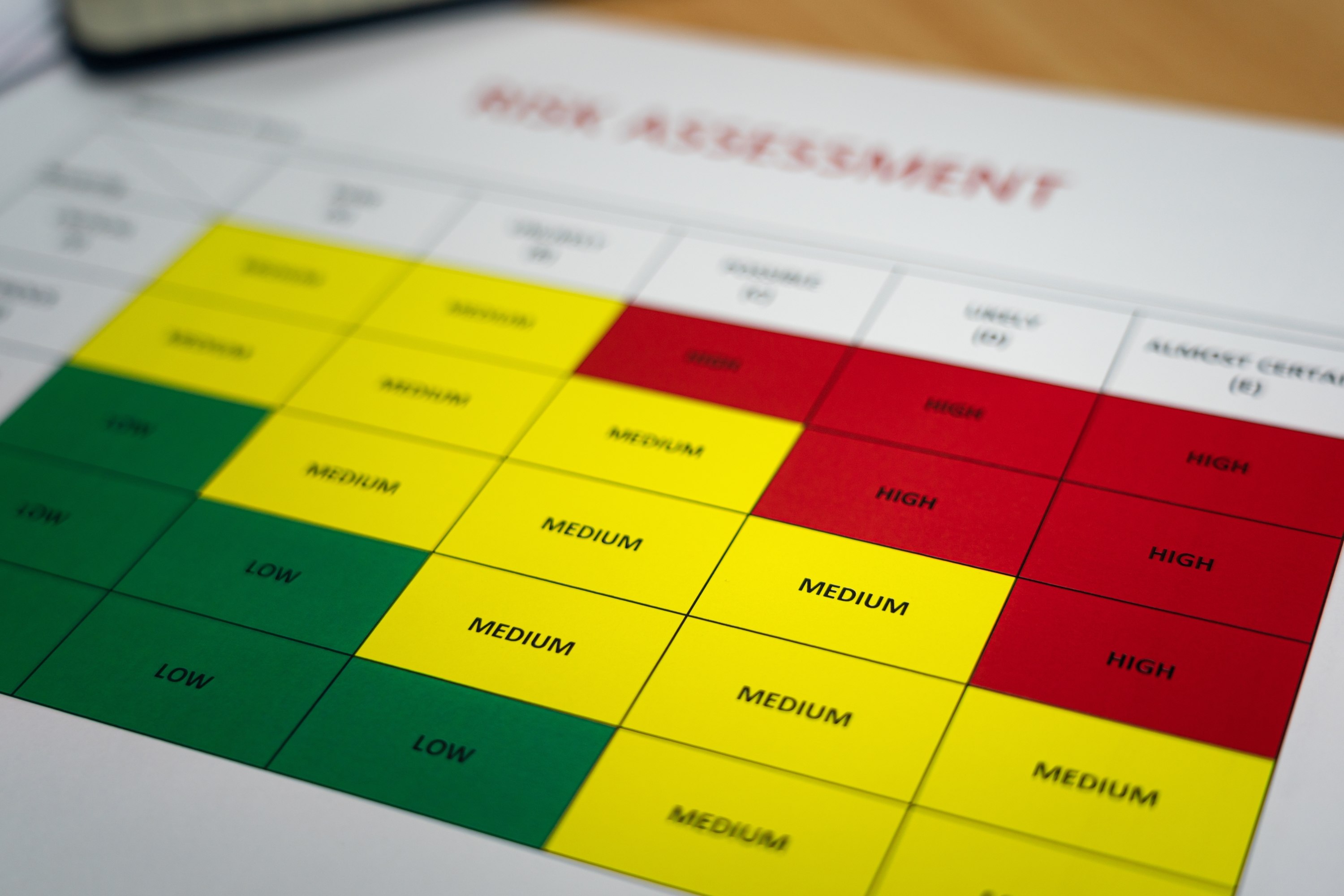
How Well Does the Static-99R Work with Australian Aboriginal Men?
By David Thornton, Ph.D.
This article is a continuation of the series in the ATSA FORUM’s Researchers’ Corner. Each article highlights recent published scientific research and summarizes it in a way that seeks to make it intelligible to clinicians. This article is about Howard, Chong, & Murphy’s (2024)’s comparison of the Static-99R’s relationship to sexual recidivism in Australian Aboriginal Men as compared to Non-Aboriginal Australian Men.
As its Coding Rules (Phenix et al., 2017) explain, the Static-99R (Helmus et al., 2012) is a widely used static actuarial instrument intended to position offenders in terms of their relative degree of risk for sexual recidivism based on commonly available demographic and criminal history information that has been found to correlate with sexual recidivism in adult male sex offenders. Scores on it can be interpreted in terms of two aspects of relative risk (percentiles and risk ratios) and there are tables of recidivism norms that indicate the absolute sexual recidivism rate associated with each score.
Instruments of this kind can be evaluated in terms of discrimination and calibration. Discrimination refers to its ability to position people in terms of their relative risk of sexual recidivism. It can be measured with statistics like the Area Under the Curve or the b1 (slope) weight in a logistic regression. Calibration refers to the degree to which observed absolute recidivism rates correspond to the rates expected based on tables of recidivism norms. Calibration is usually measured as the Expected Recidivism Rate divided by the Observed Recidivism Rate. This is referred to as the E/O Index. An E/O index of 1.0 would indicate perfect calibration.
In the Introduction to their study, Howard et al. (2024) explain the Australian context. They note that indigeneous peoples in countries like the USA, Canada, New Zealand, and Australia may experience risk factors that are specific to their culture or have different experiences of common risk factors as compared to majority white populations, at least in part as a result of histories of marginalization and discrimination (Gutierrez, 2018). The indigenous peoples of Australia have diverse heritages but, according to Howard et al., fall into two larger groupings refered to as Aboriginal and Torres Strait Islander peoples. Although the Static-99R has been widely tested (Helmus et al. 2022) there is a substantive concern about how well it works with the indigeneous peoples of the various jurisdictions where it is employed. Ahmed et al. (2023) reported a meta-analysis which found that indigeneous men on average scored higher on Static-99R than non-indigenous men in samples from the USA, Canada, Australia, and Singepore and that on average discrimination was poorer for indigeneous than non-indigeneous men. Overall the AUC for non-indigeneous men was 0.73 while it was 0.64 for indigeneous men. This raises the possibility that the scale is biased against indigeneous men, assigning them higher risk than would be appropriate given their actual sexual recidivism rate. A limitation of the Ahmed et al. study is that it did not have information about calibration.
Howard et al. examined discrimination and calibration of Static-99R in a sample of 811 Aboriginal Australian men as compared to a sample of 3257 Non-Aboriginal Australian men, all serving custodial orders for sex offenses in New South Wales. In this study they use the phrase Aboriginal Australian men to refer to men from both Aboriginal and Torres Strait Islander peoples. They replicate the general trends reported by Ahmed et al. findng that Aboriginal men scored higher on Static-99R on average and discrimination was poorer for Aboriginal men (AUC=0.68) than it was for Non-Aboriginal men (AUC=0.78). Calibration for both groups was reasonably good relative to the Routine Norms with these recidivism norms over-estimated recidivism to a small degree in both samples. The E/O index was 1.32 for the Aboriginal men and 1.14 for the Non-Aboriginal men with the confidence intervals for both of these indices overlapping 1.0, and not differing significantly from each other. Of note, they defined sexual recidivism as reconvictions for sexual offenses so the observed rates would have been a little higher had they used new charges rather than new convictions as their outcome criterion.
Howard et al. then went beyond these initial findings by exploring how far the difference in AUCs reflecting differences in the distribution of Static-99R scores. They used Propensity Score Matching to select Non-Aboriginal men whose Static-99R scores most resembled the scores of the Aboriginal men. When an AUC was calculated for this matched group of Non-Aboriginal men it was more similar to that found for the Aboriginal men, being 0.71. Thus most of the difference in discrimination between Aboriginal men and Non-Aboriginal men seems to be due to how their Static-99R scores were distributed, not to differences in how predictive the scores were. Examining their table 2 and 3 makes clearer what is involved. Very few (about 5%) of the Aboriginal men fell in the Below Average or Low categories while more than a quarter of the Non-Aboriginal men fell in these categories. AUC coefficients are constrained by how much variation there is in the predictor so it makes sense that the absence of Aboriginal men in the two lower risk categories would lead to a lower AUC.
A positive way of viewing these results would be to say that they indicate that the Static-99R does have appropriate discrimination and calibration for Aboriginal Australian men and so is appropriate for use with them. This suggests that data from other indigeneous samples should be analysed in the same way to determine whether in those groups too it is the distribution of risk scores that accounts for lower AUCs. An alternative way to characterize these results is to say that the problem is that the Static-99R is not able to discriminate significant numbers of Aboriginal men who fall in lower risk categories. Viewed in that way the challenge is to identify additional methods that are able to identify lower risk Aboriginal men.
References
Ahmed, S., Lee, S. C., & Helmus, L. M. (2023). Predictive accuracy of Static-99R across
different racial/ethnic groups: A meta-analysis. Law and Human Behavior, 47(1), 275–291.
https://doi.org/10.1037/lhb0000517
Gutierrez, L. L. (2018). Walls of Red Wing: An examination of culturally informed sentencing, risk/need factors, and treatment for peoples of Indigenous heritage in Canada’s criminal justice system [Unpublished doctoral dissertation]. Carleton University.
Helmus, L., Thornton, D., Hanson, R. K., & Babchishin, K. M. (2012). Improving the predictive accuracy of Static-99 and Static-2002 with older sex offenders: Revised age weights. Sexual Abuse, 24(1), 64–101. https://doi.org/10.1177/1079063211409951
Helmus, L. M., Kelley, S. M., Frazier, A., Fernandez, Y. M., Lee, S. C., Rettenberger, M., & Boccaccini, M. T. (2022). Static-99R: Strengths, limitations, predictive accuracy meta-analysis, and legal admissibility review. Psychology, Public Policy, and Law, 28(3), 307–331. https://doi.org/10.1037/law0000351
Howard, M.V.A., Chee Seng Chong, C.S. & Murphy, K. (2024) Static-99R Norms and Cross-Cultural Validity for Australian Aboriginal and Non-Aboriginal Men Convicted of Sexual Offences. Sexual Abuse 36(7), 747-773. DOI: 10.1177/10790632231219233
